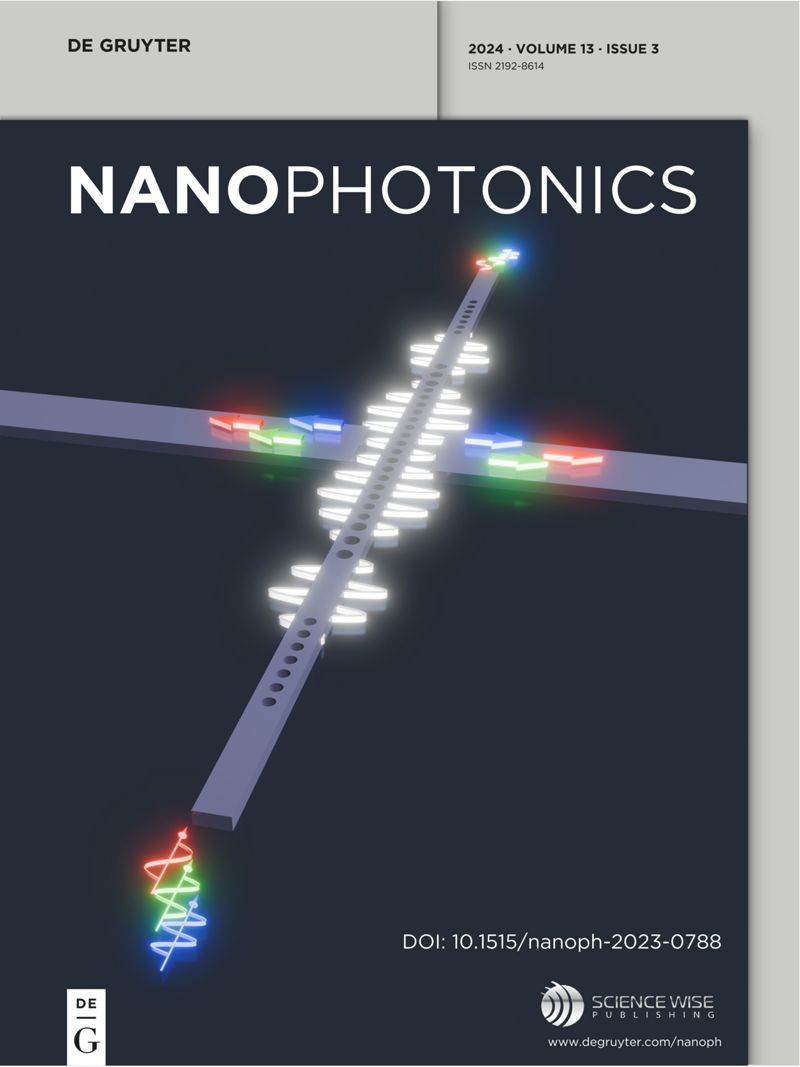纳米催化剂光吸收光谱分析对水分解的理论认识
IF 6.6
2区 物理与天体物理
Q1 MATERIALS SCIENCE, MULTIDISCIPLINARY
引用次数: 0
摘要
光子可以作为光激发空穴或准粒子来监测或诱导催化,这有助于水分解反应,从而向可持续能源迈出重要一步。然而,由于析氧反应中三个主要步骤的复杂性,即纳米催化剂上的光吸收、空穴到表面的传输以及表面的反应动力学障碍,在光照射下使用纳米催化剂进行催化的机理尚不完全清楚。在用于水分解的光电化学电池中,光学和化学优势物质的表面状态影响催化剂的性能。例如,观察到的Fe2O3光阳极光谱中580 nm处的主吸收峰特征可以揭示出析氧反应机理,因为每种反应中间体都会影响吸收光谱,而吸收系数又会影响光电流。近十年来,从密度泛函理论到Bethe-Salpeter方程等不同理论方法的结合,帮助建立了与实验数据一致的*O中间体是速率限制步骤。因此,这一观点侧重于水分解机制中涉及的基本现象的复杂性和多样性,以及用于解决这些问题的各种理论方法,并建议如何利用这些方法的预测能力来理解水分解以外的机制,如二氧化碳减排。本文章由计算机程序翻译,如有差异,请以英文原文为准。
Theoretical understanding of water splitting by analyzing nanocatalyst photoabsorption spectra
Photons can be used to either monitor or induce catalysis by acting as photoexcited holes or quasi particles, which aid in water splitting reaction leading to a major step towards sustainable energy. However, the mechanism of catalysis using nanocatalysts under photo-illumination is not fully understood because of the complexity involved in three major steps during the oxygen evolution reaction: photoabsorption on nanocatalyst, hole transport to the surface, and the reaction kinetic barriers at the surface. In a photoelectrochemical cell used for water splitting, the surface states of optically and chemically dominant species affect the catalysts’ performance. For instance, the signature of the dominant absorption peak at 580 nm in the observed spectra of Fe2 O3 photoanode can shed light on the oxygen evolution reaction mechanism since each reaction intermediate affects the absorption spectrum, and the absorption coefficient in turn affects the photocurrent. In the recent decade, a combination of different theoretical methods starting from density functional theory up to Bethe–Salpeter equation accounting for excitonic effects helped to establish that the *O intermediate is the rate limiting step in agreement with experimental data. Therefore, this perspective focuses on the complexity and variety of fundamental phenomena involved in water splitting mechanism and various theoretical methods applied to address these and also suggests how the predictive capability of these methods can be used to understand mechanisms beyond water splitting, such as CO2 reduction.
求助全文
通过发布文献求助,成功后即可免费获取论文全文。
去求助
来源期刊

Nanophotonics
NANOSCIENCE & NANOTECHNOLOGY-MATERIALS SCIENCE, MULTIDISCIPLINARY
CiteScore
13.50
自引率
6.70%
发文量
358
审稿时长
7 weeks
期刊介绍:
Nanophotonics, published in collaboration with Sciencewise, is a prestigious journal that showcases recent international research results, notable advancements in the field, and innovative applications. It is regarded as one of the leading publications in the realm of nanophotonics and encompasses a range of article types including research articles, selectively invited reviews, letters, and perspectives.
The journal specifically delves into the study of photon interaction with nano-structures, such as carbon nano-tubes, nano metal particles, nano crystals, semiconductor nano dots, photonic crystals, tissue, and DNA. It offers comprehensive coverage of the most up-to-date discoveries, making it an essential resource for physicists, engineers, and material scientists.
 求助内容:
求助内容: 应助结果提醒方式:
应助结果提醒方式:


